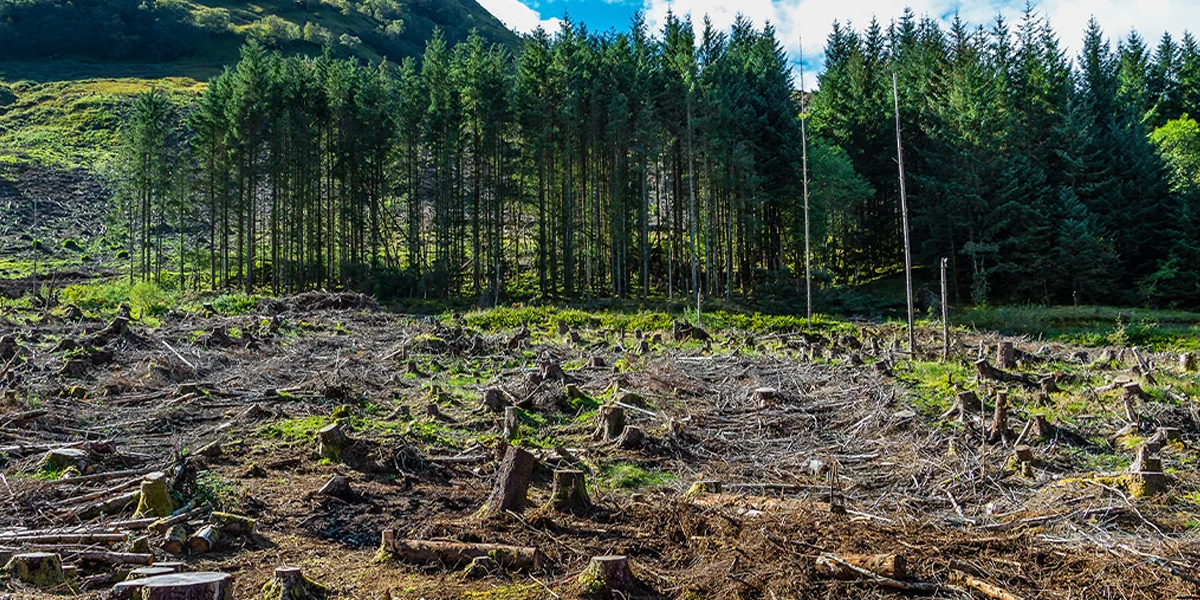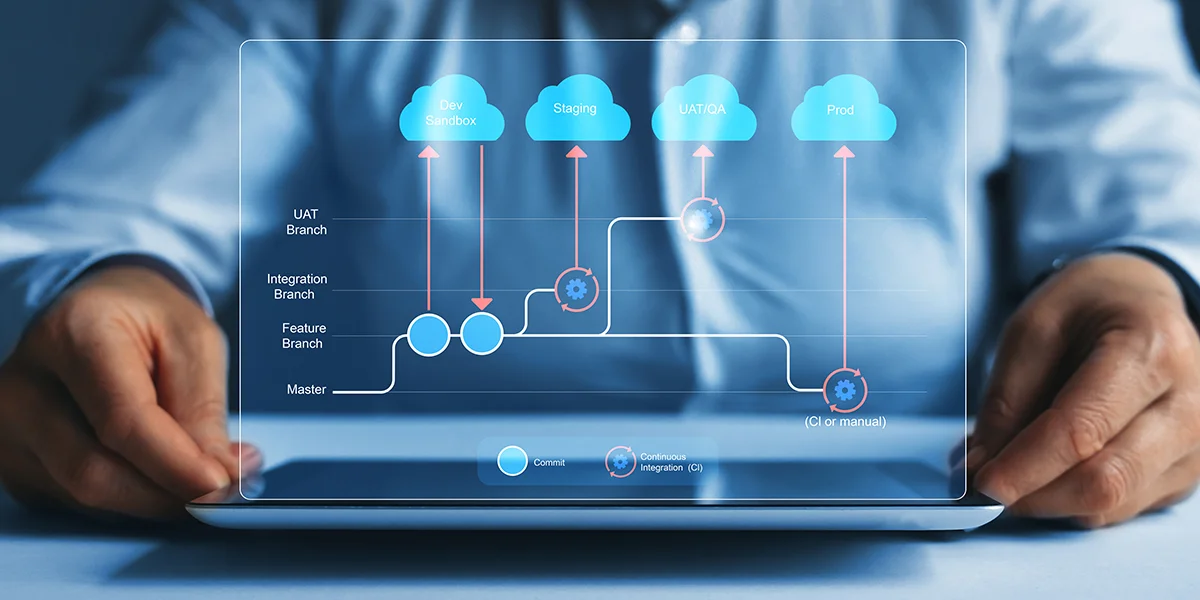Digital transformation preserves forestry by eliminating the need for paper. We all agree that’s a good thing—right?
Turns out it’s not that simple.
Digitizing internal and external communications within a company seems natural in today’s tech world. For most, digital transformation is more convenient—who wants files of physical documentation in their desk when we can just touch a button on our screen and learn everything we need to know? Not to mention, environmental consciousness is something consumers increasingly value. Many automotive companies are moving toward electronic owner manuals, which could eliminate the need for a vast amount of paper.
Resistance to Digital Transformation
However, not all consumers care for this switch to digital. Many still prefer paper. A recent study showed paperless claims do not convince consumers to switch to online services. In fact, 50% of consumers don’t believe, feel misled by or question “go paperless, go green” claims.
For starters, electronic communication has its own environmental impacts. In fact, 91% of U.S. respondents agreed that, when responsibly produced and recycled, paper can be a sustainable way to communicate.
Corporate marketing generally lacks transparency about the environmental impacts of going digital. Electronic communications use non-renewable materials—the manufacturing of electronic devices and producing the energy to power them leaves a significant carbon footprint.
Digital TRANSFORMATION, for Real This Time
As a result of information such as this, over 118 corporations in North America, and 360 globally, have agreed to change their messaging and remove misleading environmental claims promoting digital solutions over paper.
Furthermore, the use of resources from responsibly managed forests provides an important incentive for land owners to manage forest lands sustainably. Because of this, we have seen an increase in the area of U.S. forests since 2005. In fact, as a cause of forest loss in North America, paper trails far behind primary causes like urbanization and agriculture.
Despite these facts, digital transformation and the need for less printing is still better for the environment—and for business. Here’s why.
Sustainability, by the Numbers
It may seem that in this age of global digitalization, paper usage would have decreased—but the opposite is true. In the last 20 years, the use of paper products in the U.S. has grown by 126%. The average person in the U.S. uses more than 700 pounds of paper per year—more than anywhere else in the world.
Additionally, paper often goes unrecycled, despite being much more recyclable than electronics. Though the U.S. takes fifth place among the world’s top recycling countries, the nation still sends 50% of its discarded paper into landfills. If every U.S. citizen recycled just one-tenth of their paper waste, it would preserve 25 million trees.
Save a Tree, Offer a Digital Owner’s Manual
Whether or not it occurs in the U.S., the paper industry is responsible for at least 10% of worldwide deforestation. Deforestation creates 12% of all greenhouse gas emissions. It’s time to think globally when it comes to deforestation and climate change.
What we know about the environment and technology is changing at a rapid pace. We know digital solutions aren’t completely harmless to the environment, and neither is printing. Perhaps the best solution is education, transparency and a healthy balance of print and digital solutions. We must remain informed about digital transformation as well as the actions we can take to maintain our forests—including conservation of resources and recycling.



